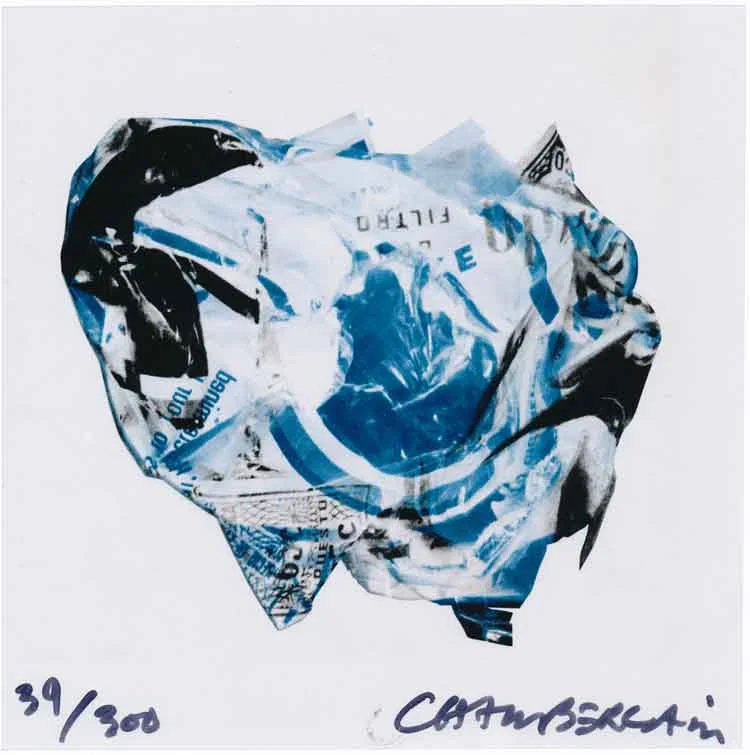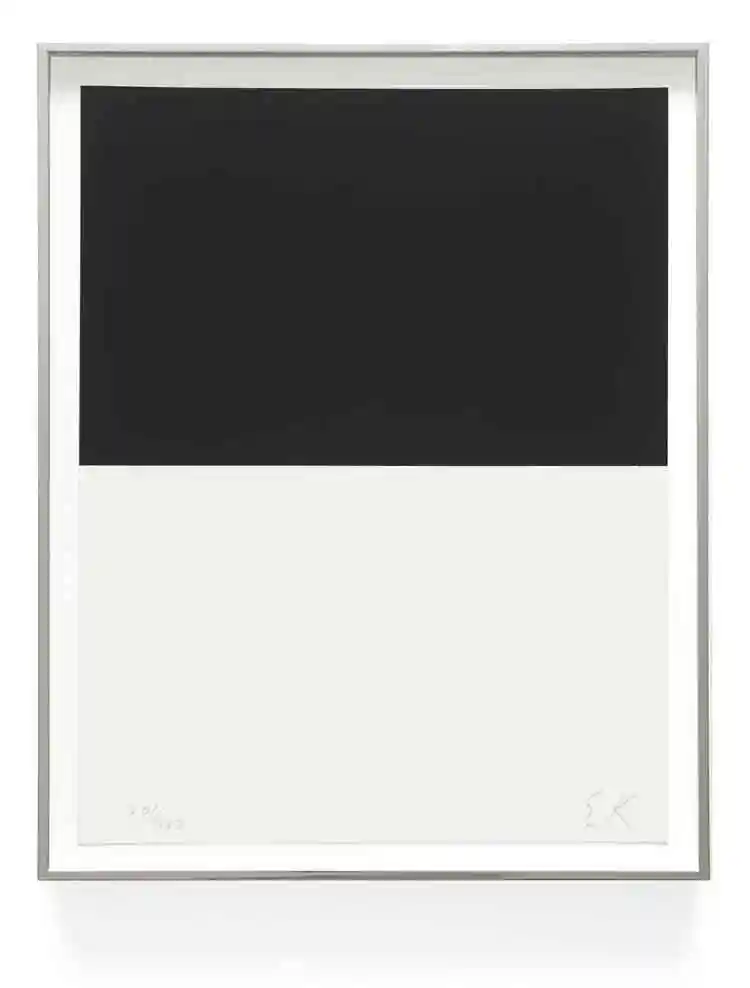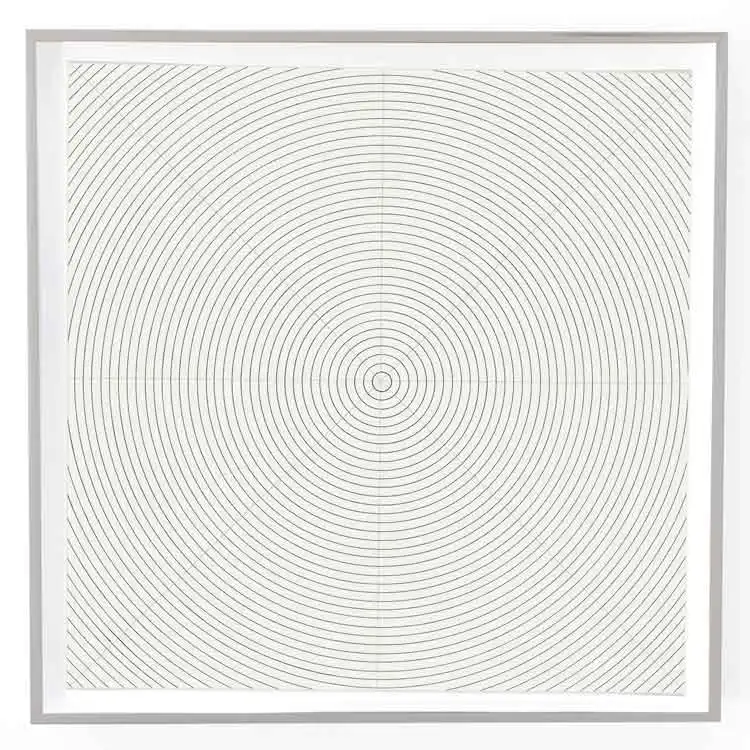Richard Serra
Untitled, 1973
Lithograph on 100% rag paper
paper: 9 1/2 x 9 1/4 inches
frame: 10 3/4 x 10 3/4 inches
Edition of 300
Signed and Dated "Serra 1973" in pencil bottom right recto
Numbered in pencil bottom left recto
Verso stamped in black "© Copyright 1973 By Richard Serra Printed At Styria Studio"
Printer Styria Studio
Publisher Experiments in Art & Technology
Literature
Berswordt-Wallrabe, Richard Serra: Prints 1972-2007, Richter Verlag, 2008, not illustrated
Provenance
Glenn Horowitz Booksellers, East Hampton, New York
Sotheby’s, New York, October 26, 2019, Lot 253
Private collection, New York (Acquired from the above)
Museum Collections
Moderna Museet, Stockholm
Art Institute of Chicago, Chicago
Museum of Modern Art, New York
Smithsonian American Art Museum, Washington D.C.
Kemper Art Museum, St. Louis
Portland Art Museum, Portland
Des Moines Art Center, Des Moines
Metropolitan Museum of Art, New York
Princeton Art Museum, Princeton
Indianapolis Museum of Art, Indianapolis
Seattle Art Museum, Seattle
Harvard Art Museums, Cambridge
Davis Museum at Wellesley College, Wellesley
Minneapolis Institute of Art, Minneapolis
Deerfield Museum Consortium, Deerfield
Patricia and Phillip Frost Art Museum, Miami
paper: 9 1/2 x 9 1/4 inches
frame: 10 3/4 x 10 3/4 inches
Edition of 300
Signed and Dated "Serra 1973" in pencil bottom right recto
Numbered in pencil bottom left recto
Verso stamped in black "© Copyright 1973 By Richard Serra Printed At Styria Studio"
Printer Styria Studio
Publisher Experiments in Art & Technology
Literature
Berswordt-Wallrabe, Richard Serra: Prints 1972-2007, Richter Verlag, 2008, not illustrated
Provenance
Glenn Horowitz Booksellers, East Hampton, New York
Sotheby’s, New York, October 26, 2019, Lot 253
Private collection, New York (Acquired from the above)
Museum Collections
Moderna Museet, Stockholm
Art Institute of Chicago, Chicago
Museum of Modern Art, New York
Smithsonian American Art Museum, Washington D.C.
Kemper Art Museum, St. Louis
Portland Art Museum, Portland
Des Moines Art Center, Des Moines
Metropolitan Museum of Art, New York
Princeton Art Museum, Princeton
Indianapolis Museum of Art, Indianapolis
Seattle Art Museum, Seattle
Harvard Art Museums, Cambridge
Davis Museum at Wellesley College, Wellesley
Minneapolis Institute of Art, Minneapolis
Deerfield Museum Consortium, Deerfield
Patricia and Phillip Frost Art Museum, Miami
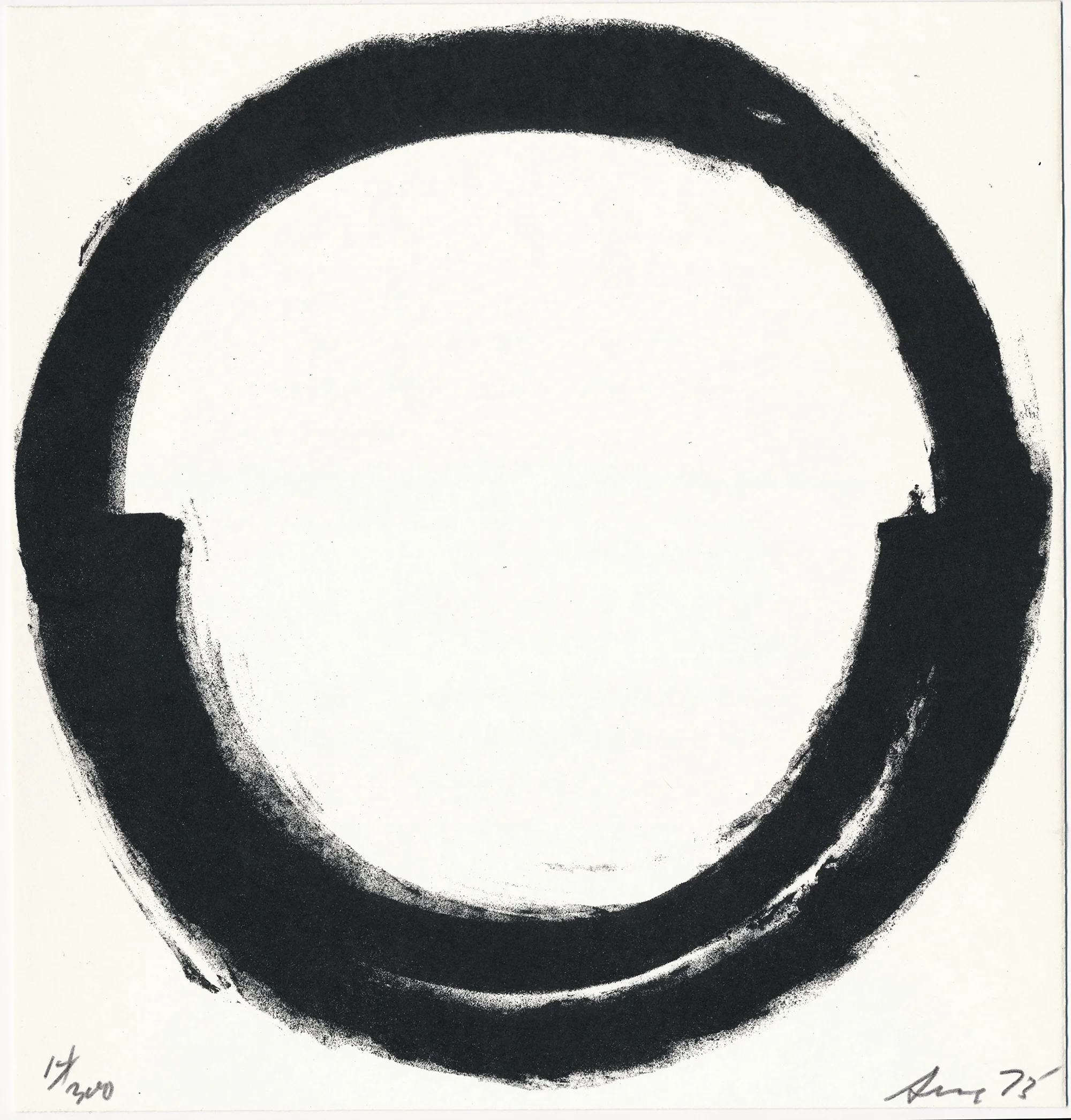
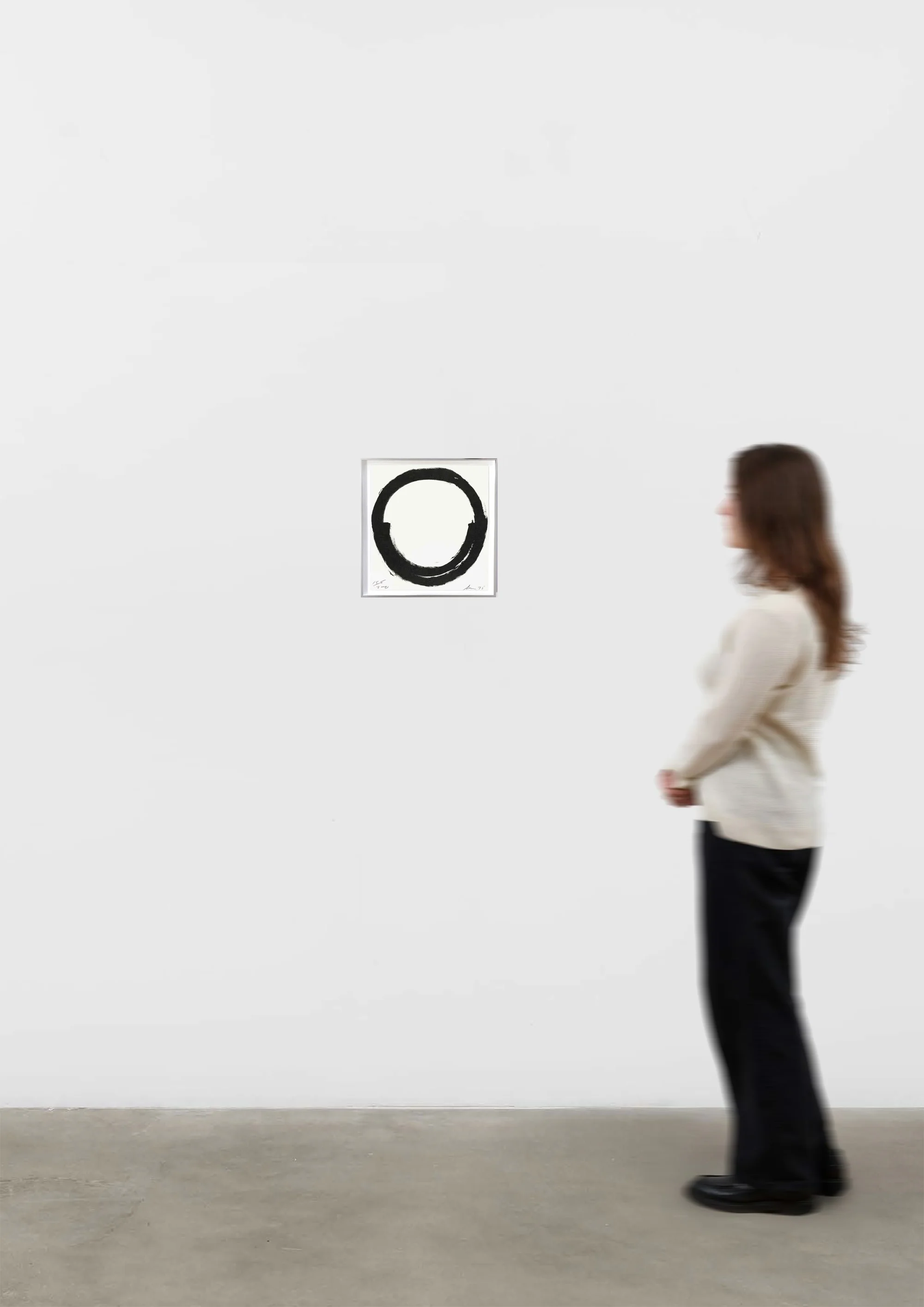
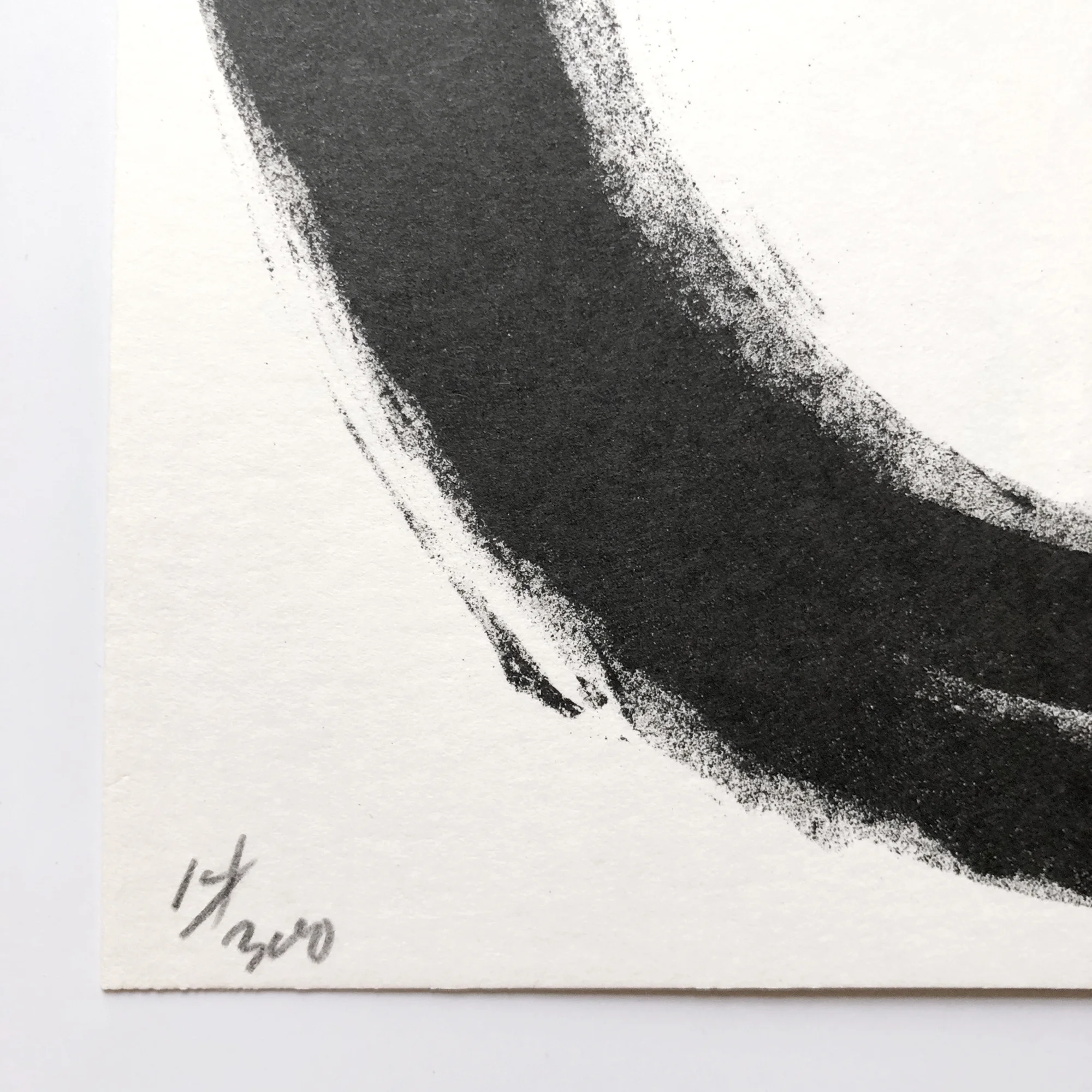
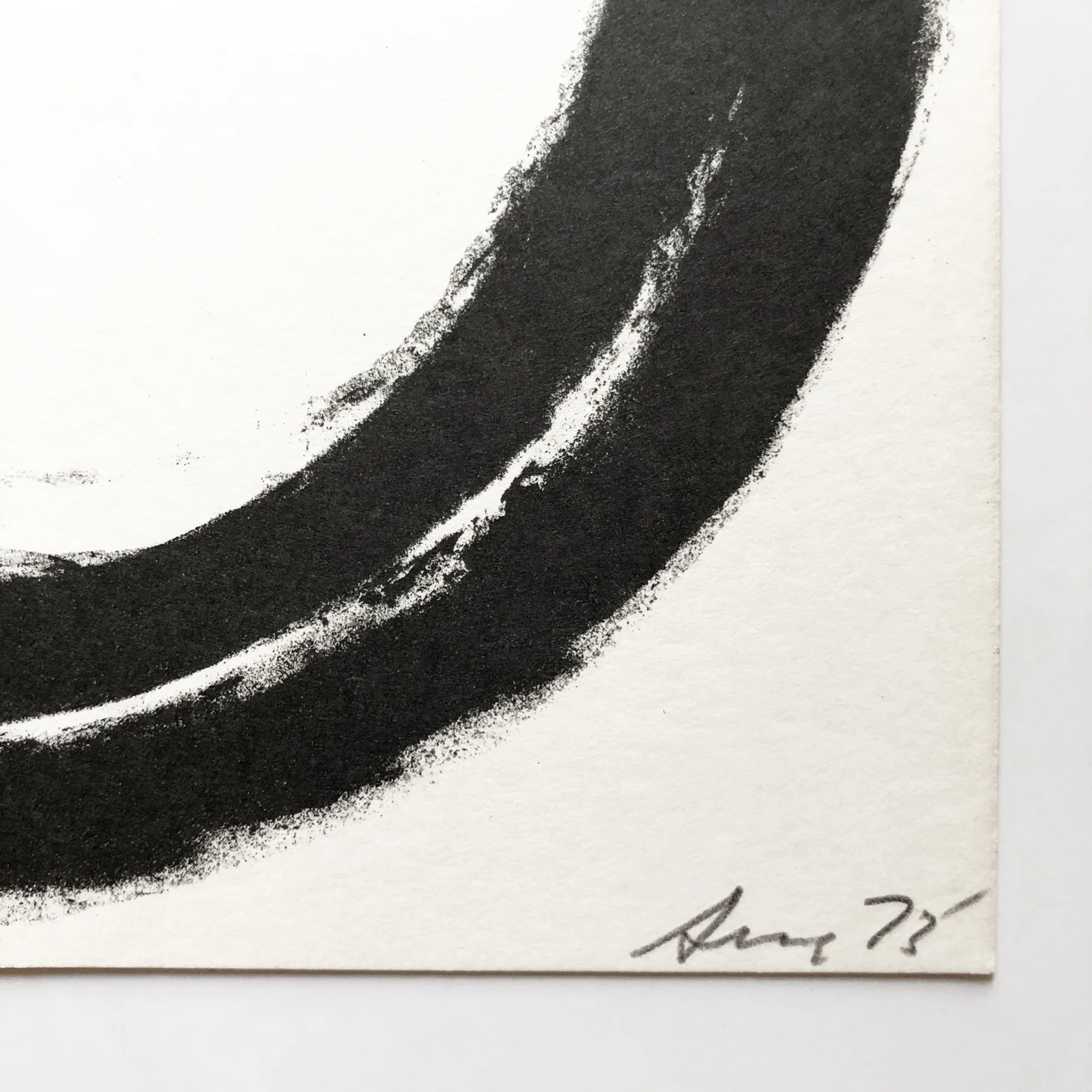

.webp)
